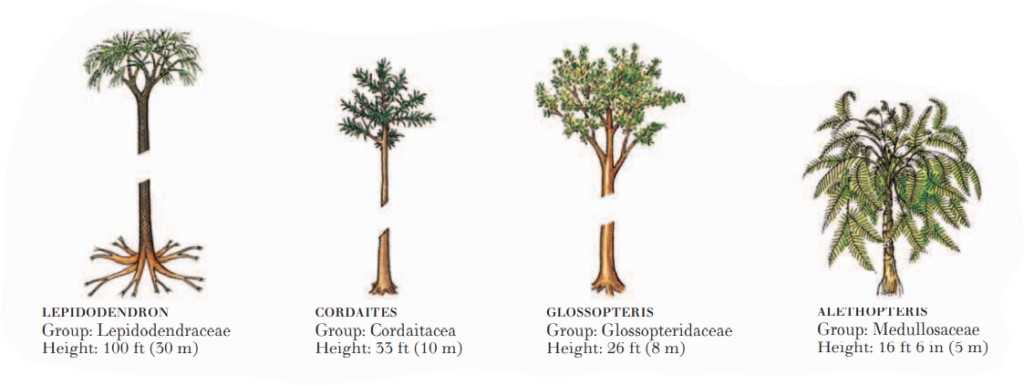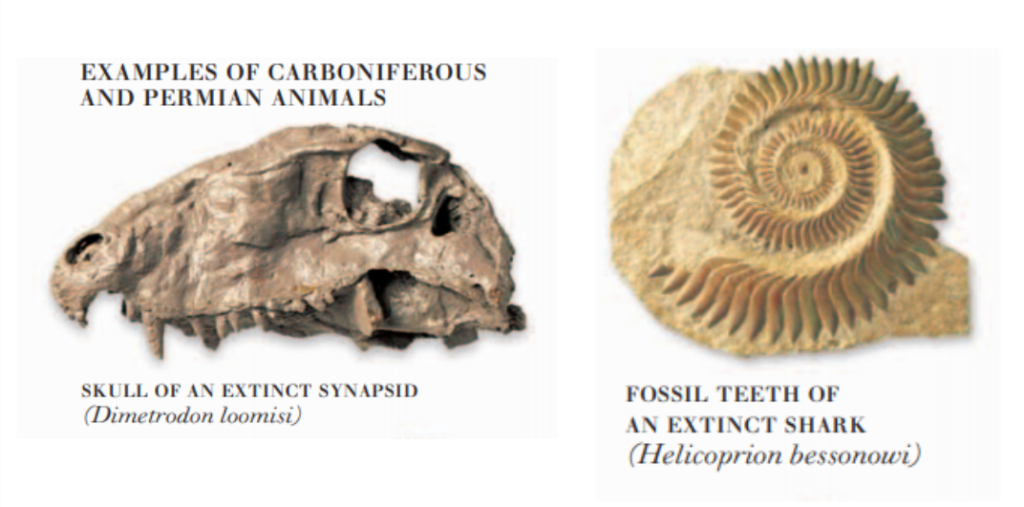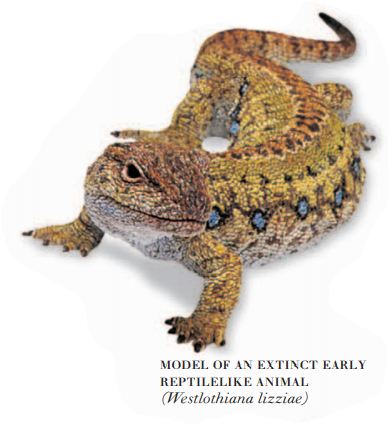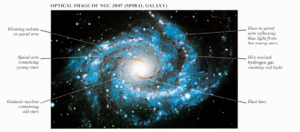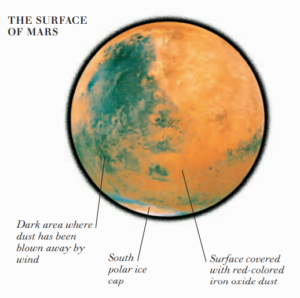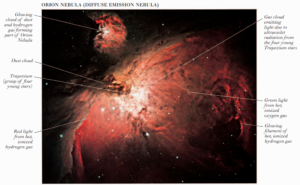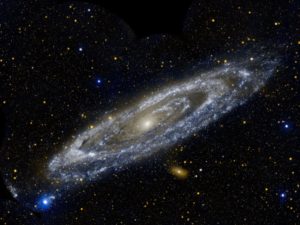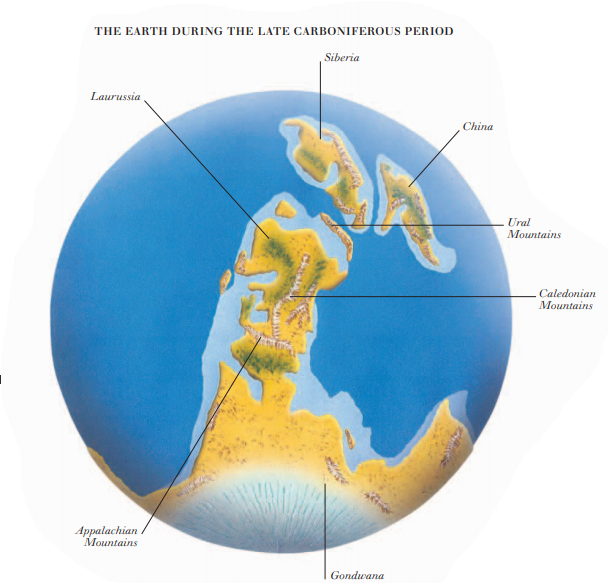
THE CARBONIFEROUS PERIOD (363–290 million years ago) takes its name from the thick, carbon-rich layers now coal that was produced during this period as swampy tropical forests were repeatedly drowned by shallow seas. The humid climate across northern and equatorial continents throughout Carboniferous times produced the first dense plant cover on Earth. During the early part of this period, the first reptiles appeared. Their development of a waterproof egg with a protective internal structure ended animal life’s dependence on an aquatic environment. Toward the end of Carboniferous times, the earth’s continents Laurasia and Gondwana collided, resulting in the huge landmass of Pangaea. Glaciers smothered much of the southern hemisphere during the Permian period (290–245 million years ago), covering Antarctica, parts of Australia, and much of South America, Africa, and India. Ice locked up much of the world’s water and large areas of the northern hemisphere experienced a drop in sea level. Away from the poles, deserts and a hot dry climate predominated. As a result of these conditions, the Permian period ended with the greatest mass extinction of life on Earth ever.


